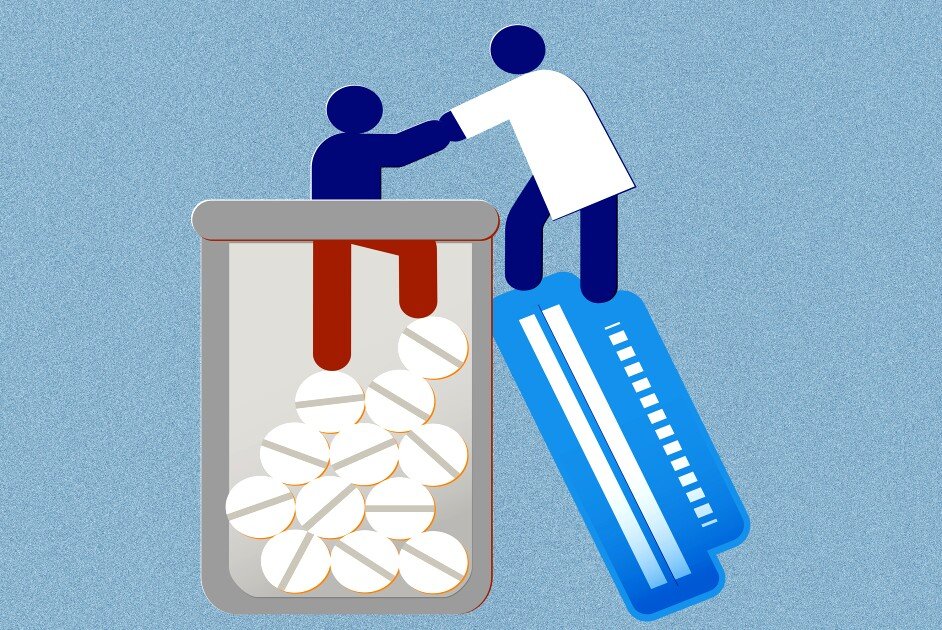Promising Declines in High School Student Substance Use, But Challenges Remain
A recent report from the federal Centers for Disease Control and Prevention (CDC) has shown promising declines in high school students’ overall use of illicit substances. The report, based on data collected from the CDC’s Youth Risk Behavior Survey conducted every two years, indicates a decrease in the percentage of students who reported drinking alcohol, using marijuana, or using select illicit drugs since 2013. Additionally, there has been a decline in the percentage of students who had ever misused or currently are misusing prescription opioids between 2017 and 2019.
Despite these positive trends, the report highlights that many students continue to use substances, and there are concerns about the lack of progress in some areas. Substance abuse among students can have negative effects on learning, memory, attention, and may also be indicative of underlying mental health challenges.
One of the key findings of the report is the emergence of more dangerous substances that adolescents are experimenting with. Darrell Sampson, the executive director of student services for Arlington public schools in Virginia, notes that it’s not necessarily that more kids are using substances than in previous years, but rather the lethality of the substances themselves that is causing higher levels of concern.
Research has shown a rise in overdose deaths among teens, even as overall substance use is declining. These deaths have been linked to the increase in illicit fentanyl and other synthetic opioids. School districts are taking legal action against companies that manufactured and marketed addictive opioids, holding them accountable for the devastating impact on communities.
Alongside legal actions, schools are continuing to provide prevention and education programming for students and families. While there is a glimmer of hope in the declining trends, more work needs to be done to address substance abuse among youth.
Early Education and Prevention Strategies
Experts recommend starting education about substance abuse as early as possible. In the Arlington, Va., district, students learn about substance abuse challenges as part of the health curriculum starting in grades 6 through 10. The district is exploring the possibility of starting this education even earlier, as early as 3rd grade, to ensure that students are equipped with the knowledge and skills to make informed decisions.
Substance abuse counselors in the district work with students to understand the reasons behind their substance use and provide support. It’s crucial to involve student voice in prevention and intervention programming, as teens are more likely to seek help from their peers when experiencing distress from substance use.
Expanding prevention programming to include older students, such as 11th and 12th graders, is also important to ensure that students have access to updated information and support throughout their high school years.
By incorporating education, prevention, and support services, schools can play a vital role in addressing substance abuse among high school students and promoting healthier choices and behaviors.


